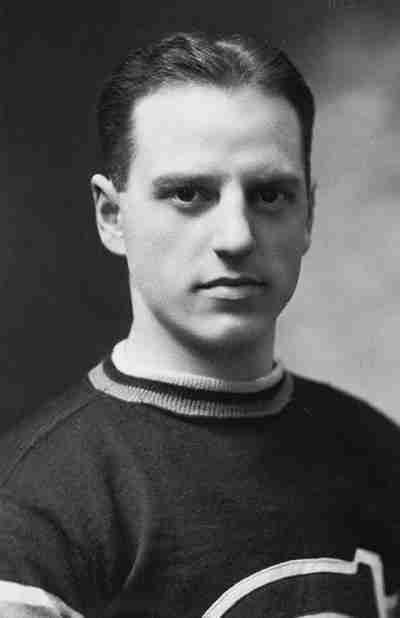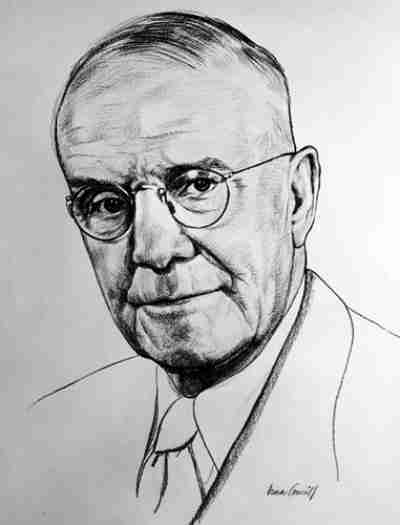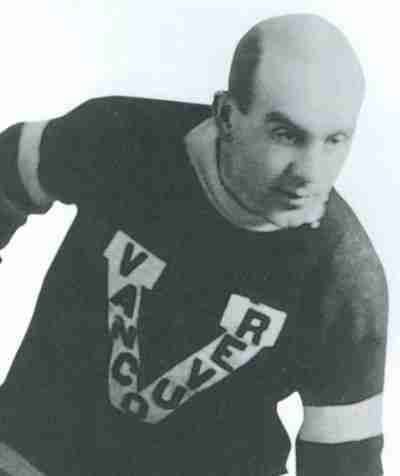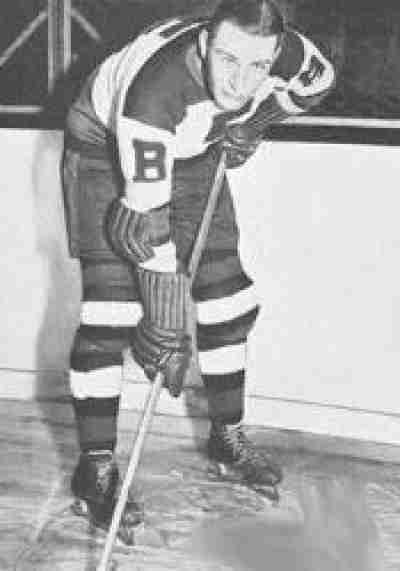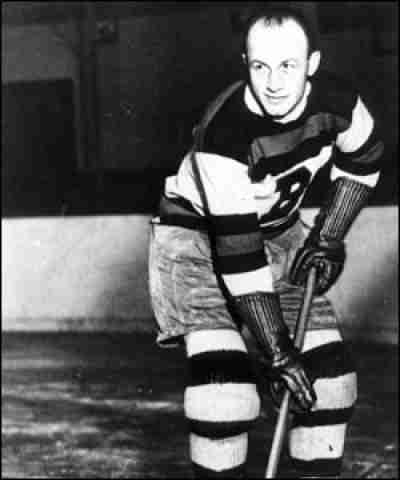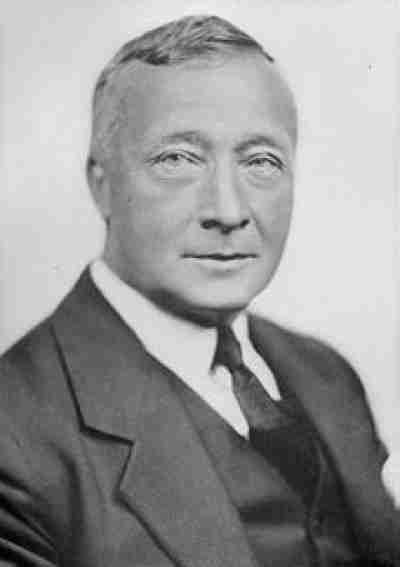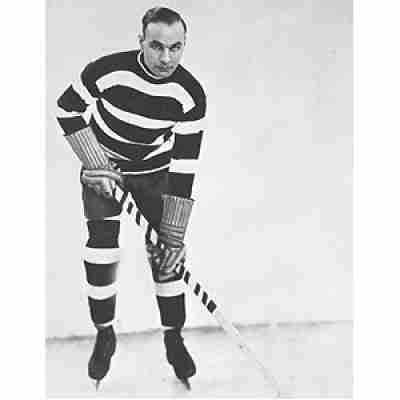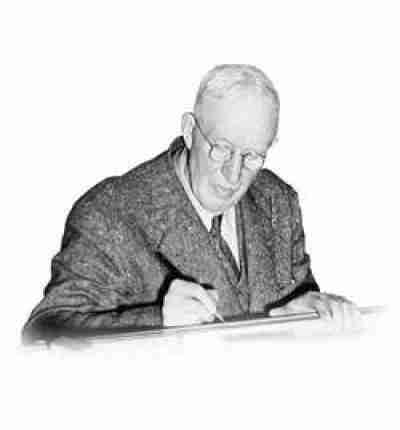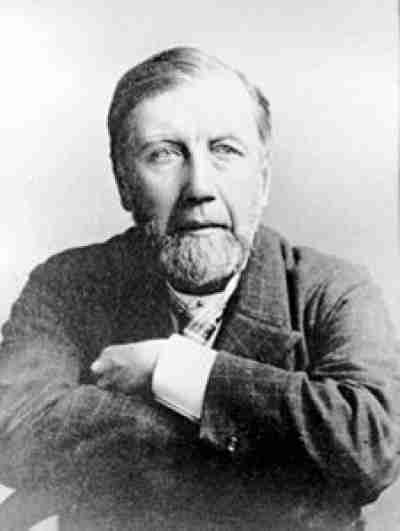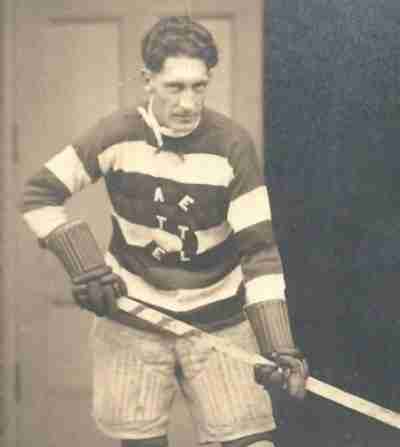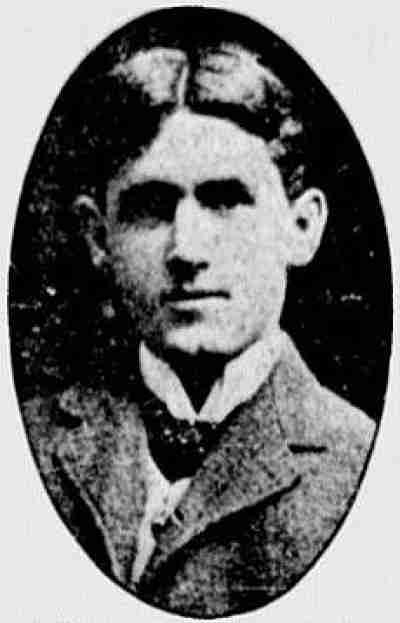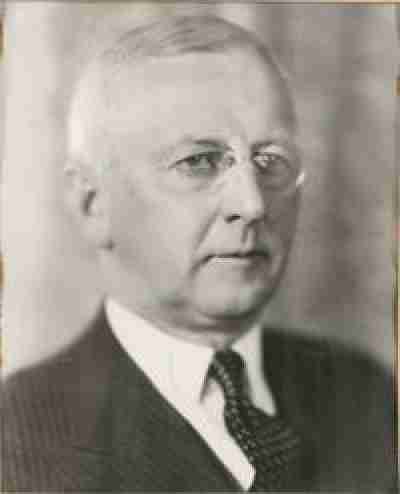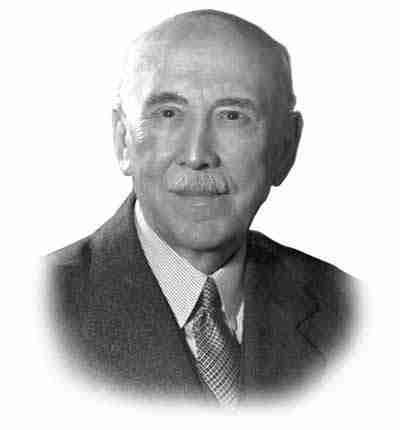1947 Hockey Inductees
Although there can only be one freshman class, the sophomore class for the Hockey Hall of Fame filled a lot of holes that perhaps the 1945 committee created. The great players were there in Eddie Shore, Dit Clapper and Aurele Joliat, but what special about this class is the recognition of many of the builders who should have been honoured in the first year. In 1945 only Lord Stanley and Montagu Allan were put in primarily for the donation of trophies. The Builders group of 1947 should have gone in two years before.
The 1934 Hart Trophy Winner, Aurele Joliat was a star for the Montreal Canadians for many years and was a popular star. The diminutive Joliat (he only stood five feet seven) was nicknamed the “Little Giant” and was a major part of four Stanley Cup runs by the legendary Montreal Canadians. The career Montreal Canadians Left Winger was rightfully inducted to the Hockey Hall of Fame…
A decent player in his youth, Claude Robinson’s induction to the Hockey Hall of Fame is essentially based on his groundwork of creating the Canadian Amateur Hockey Association. Robinson also coached the Canadian Team to Olympic Gold in 1932. Robinson was one of a long list of builders inducted in 1947, though it can be argued (and we will) that his induction may not equate…
One of the early stars of organized hockey, Cyclone Taylor was a prolific scorer and a great two way player. He would lead his respective league in scoring on multiple occasions and would twice be part of Stanley Cup winning teams. As such, Taylor was rewarded with an early induction to the Hockey Hall of Fame in 1947.
Seriously, is there a cooler name in the hockey’s annals than Dit Clapper? Funky name aside, Clapper was the first player to last twenty seasons in professional hockey, and he did not just last; he thrived. He was an All Star at both Left Wing and Defense and was a vital part of three Stanley Cup wins for the Boston Bruins (where he spent his…
One of the best defenseman of his (or any) era, Eddie Shore remains the blueliner with the most Hart Trophies (4) for his career. One of the toughest men in the league, he guarded his end of the ice as if it were his family and still managed to be effective on the offensive side of the game. The punishing bruiser was a seven time First…
The first President of the National Hockey League, Frank Calder navigated through the troubled times of the league’s early days and was one of the game’s first true visionaries. It was not easy, as he faced two World Wars, the Great Depression and of course NHL owners! Calder’s love of the game and dedication to it is honored annually with the awarding of the Calder Trophy…
The answer to the trivia question, “Who was the first player to win the Hart Trophy”, Frank Nighbor was also the recipient of many other awards. He was also the first ever Lady Byng Trophy winner. In fact, it was his sportsmanship that inspired Lady Byng to donate the award in the first place. Had there been the Frank J. Selke award back then (for the…
Likely not part of the first induction class due to hard work that he did to make a Hockey Hall of Fame happen in the first place (Seriously, without Sutherland this would have taken years longer), James T. Sutherland was part of the glut of builders who were part of the 1947 Class.
John Ross Robertson was inducted to the Hockey Hall of Fame based on his work in organizing Amateur Hockey. His staunch belief that the sport should remain amateur may seem outdated now, but it did allow for the creation of the best early leagues in the sport. One can only imagine what he would have thought of labor issues with today’s game.
A very good player in his own right, Lester Patrick entered the Hockey Hall of Fame for a lot more than his prowess with a stick. Granted, he was a very good offensive minded defenseman, but may not have been good enough to become a Hall of Famer on his on ice skills alone. Along with his brother, he founded the Pacific Coast Hockey Association (later…
The ultimate amateur athlete, Russell Bowie refused to change his beliefs despite the changing hockey world around him. A major star in the first decade of the 20th century, Bowie would refuse all overtures to take pay of any kind; despite the sport moving towards that direction. He was an incredible stickhandler who led his league in scoring five times and averaged two and a half…
Initially a sportswriter whose true passion was hockey, W.A. Hewitt would become the secretary of the Ontario Hockey association; a position he would hold for nearly sixty years. He would also manage three teams for Canada to successive Gold Medals in the Olympics. Hewitt was a vital part of hockey’s growth in Toronto and was the longtime Manager of Attractions of the new Maple Leaf Gardens.
A very important figure behind the scene in the growth of hockey (especially in Montreal), William Northey helped to establish the ECAHA (Eastern Canada Amateur Hockey Association) and later the CAHA (Canadian Amateur Hockey Association). Northey helped to convince Sir Montagu Allan to donate a trophy (The Allan Cup) which was (and still is) given to top Amateur team in Canada. He would become the Cup’s…


